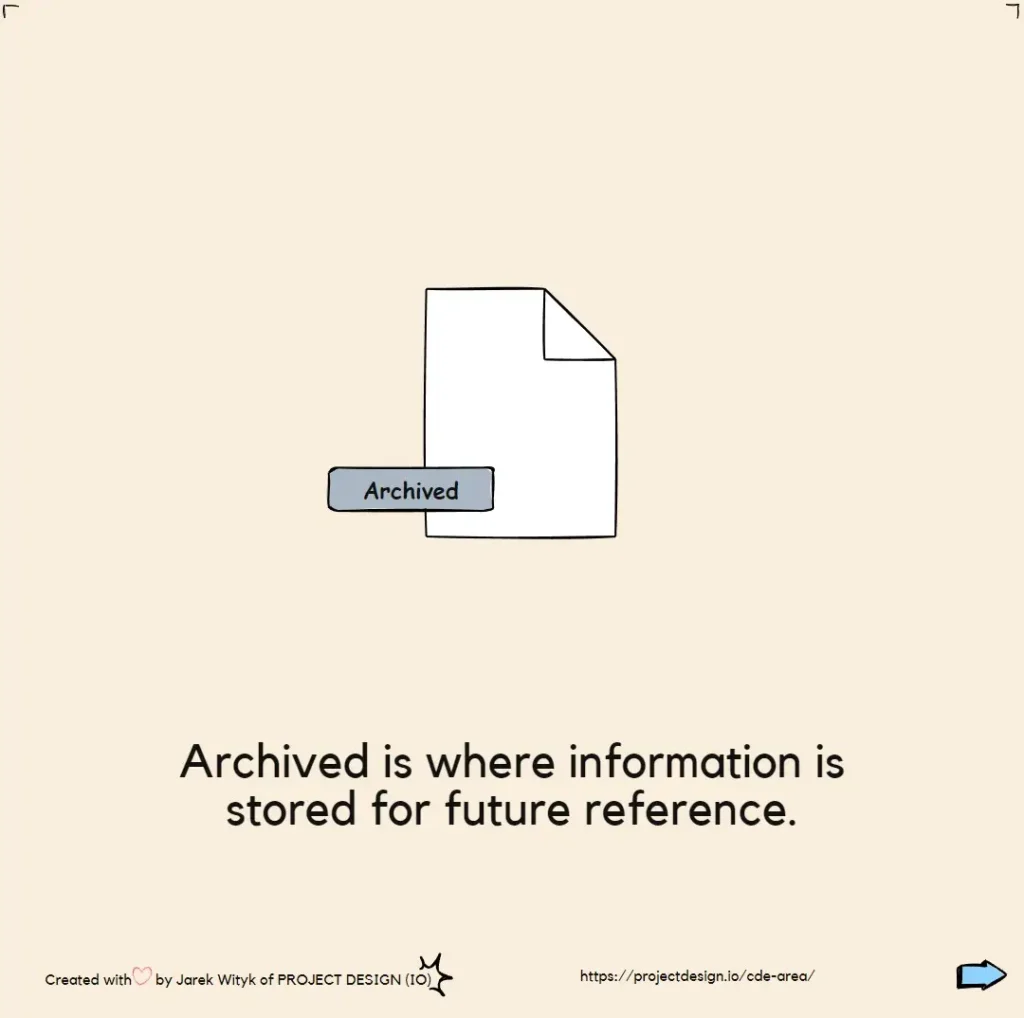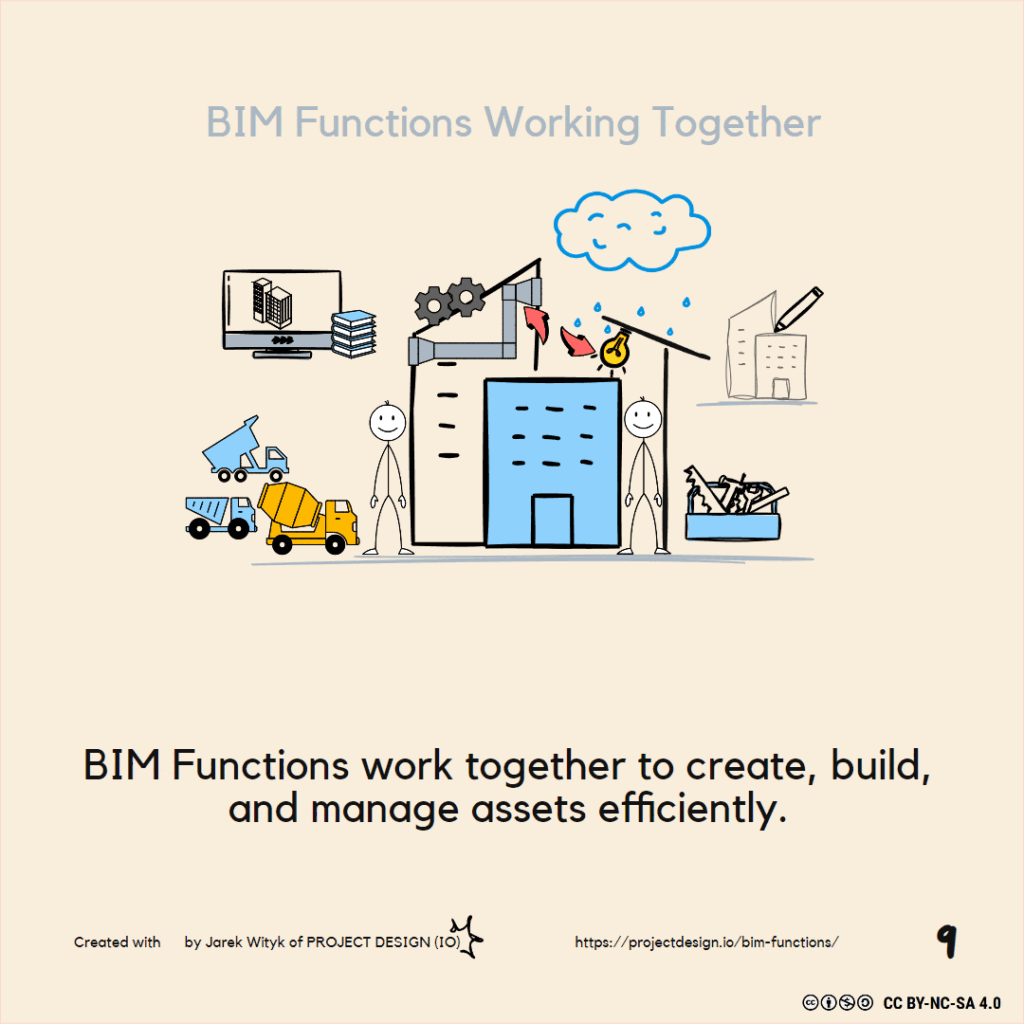
History of project information, such that any non-current published information in the published area should move into this area. New parties to the project will receive an invitation to join the CDE through the project Document Controller, once registered User Guides and System Protocols can be accessed via the navigation tree. [source] PDE 4301 Technical […]
3D models shall be synchronized with the central cloud model after daily work is done to ensure the rest of the project team are coordinating with the latest information. All necessary steps should be taken before upload to ensure effective collaboration and that no misrepresentations of information occur. These include but are not limited to: […]
Clash detection, coordination analysis and data checks shall be carried out by the BIM Coordinators against the latest shared models. The workflows involve a combination of visual and automated checks which are curated into issues and reported back to the team via an online Issue Management System. A detailed appraisal of the Lead Appointed Party […]
4D Modelling also referred to as 4D BIM, when supported by existing planning techniques, can improve project delivery times and schedules. To make the gains possible, all project members must understand and engage in the exchange of information process to reduce cycle times required to develop the BIM model and a new design. 4D Modelling […]
Coordination of Builders work in connection to services i.e. openings in walls or floors for MEP Services It is anticipated that as a minimum, all builders work openings of 50x50mm (or 50mm diameter) or higher will be captured in the model, scheduled from the model and represented on the 2D drawings derived from the model, […]
A workset is a collection of elements in a work shared Revit project. The purpose of worksets is to enable multiple users to work on the same project and facilitate collaboration by subdividing building elements in a project. The organisation of worksets is essential for updating, maintenance and review of models. It should be organised […]
Apart from the weekly model coordination effort that focuses on spatial coordination and clash resolution, the Appointment BIM Manager should review all disciplines project models and ensure compliance with BEP and BIM Standard. Periodic, i.e. weekly or bi-weekly model review and comments should be forwarded to each BIM coordinator for their follow up. Table 1 […]
The First Edition of the Building Information Model (BIM) Protocol published in 2013 identifies and puts into place specific obligations, liabilities and associated limitations on the use of the Building Information Models, unfortunately at the first version of the protocol did not contain any specific framework for Cyber Security. In May 2015 British Standard Institution […]
BIM at Maturity Stage 2 according to the ISO 19650 Framework is “the use of a shared digital representation of a built asset to facilitate design, construction and operation workflows to form a reliable basis for decisions”[1]. The concept of sharing information in a BIM workflow allows project parties to have access and use digital […]
Pre-appointment BEPs communicates the delivery team’s intended approach to the information management process in the project, it is submitted as part of the prospective Lead Appointed Party tender response. For more information see BIM Execution Plan (BEP)

ELI5-S1 BIM Basics E17_BIM Functions Understanding BIM Functions: A Simple Guide for Beginners Building Information Modeling (BIM) is transforming the construction industry by enabling better collaboration, design precision, and efficient project management. However, understanding BIM can be daunting, especially when it comes to grasping the different functions it offers. In this blog post, we’ll break […]
Bid response should include a scope management plan containing all the tasks necessary for successful project delivery. The plan shall define the implementation and verification of workflows. A project should include a scope management plan to help allocate resources ensuring the project is completed with the expected quality and identifying what is not part of […]
The tender response for designing, constructing and operating the existing building and the additional extension shall include the project budget’s bid documentation. The budget must incorporate the total amount of financial resources needed for the project’s delivery and operation phase, not only the design and construction but also the maintenance and prospected repairs or asset. […]
In the context of project management, the resources refer to optimizing the use of resources for successful project execution and the management of resources in the project. [1] Therefore, the bid response shall include a schedule for delivery and operational phases and include all resources required. The planning process of such a schedule will most […]
Risk management provides an overview of using risk analysis as an organized method for identifying and measuring risks. How to effectively assemble and manage a project team and effectively assemble project teams in the context of risk management and project planning. [1] The key in risk management is the ability to analyse potential risks to […]
During project setup phase It is essential to establish and analyse a timeline that guides the entire team in delivering the project on time. Thus the prospective Lead Appointed Party must communicate with the prospective Appointed Parties to provide a project programme in line with the Appointing Party requirements. The timetable (Programme) provided at the […]
Project management focuses on project completion by the execution of various processes. Most of the workflows comprising repetitive tasks can be optimised by applying workflow management systems. Automation-optimized business processes can increase operational efficiency, improve employee performance, and increase competitive advantages. The development of the workflows should consider the delivery and operational phase; therefore, the […]
After the project is completed, the Appointing Party expects to receive Asset Information Model (AIM) compliant with the Exchange Information Requirements (EIR). The aim is to support the life cycle of the asset reducing unplanned maintenance and enabling life cycle savings. This process involves efficient execution, maintenance and storage of all communication, verification and […]
Although BS EN ISO 19650-2: 2018 recommend that lessons learned should be captured throughout the entire project, the standard is dedicated for the delivery phase only. Hence project party can consider use of BS EN ISO 19650 Part 3 as leading guidance for the project delivery it is critical that the lessons learned framework also […]
term coined by Deloitte[1], it is a current situation where whilst businesses conceptually understand the significant changes that information Management (IM) and technology may bring, they have divergent agendas and mutually incompatible priorities, as well as a lack of clarity regarding how their organisations can benefit.[2] [1] Deloitte (2020) The Fourth Industrial Revolution. Deloitte, London, […]
The (digital by default) record of predefined documents and building information required to ensure that the original design intent and any subsequent building changes are captured, preserved, and used to support safety improvements throughout the building lifecycle. [1] Steering Group for Building a Safer Future. (2020). SETTING THE BAR A NEW COMPETENCE REGIME FOR BUILDING […]
The UK BIM Framework was developed by the UK BIM Alliance, BSI, and the Centre for Digital Built Britain associated with the Construction Industry Council (CIC) to implement international BIM standards in the UK context. Formally launched in October 2019, it explicitly integrates the BS EN ISO 19650 series into UK working practices. However, it […]
The acronym SMART has been defined by the PAS 1192‑2: 2013 clause 5.1.3. the term means that Information req BS ISO 31000:2018 PAS 11922: 2013 clause 5.1.3 defines the acronym SMART as Information requirements which shall be Specific, Measurable, Achievable, Realistic, and Time-bound against defined project stages and information exchanges. The ISO 19650 Framework equivalent […]
Business Process Modelling Notation (BPMN) is a flow chart method for modelling the steps of a planned business process from beginning to end. It is a critical component of Business Process Management because it visually depicts the detailed sequence of business activities and information flows required to complete a process. [1] BPMN symbols [1] ISO […]
A task is an atomic activity that is part of a process. When the work in the process is not broken down to a finer level of process detail, a task is used. Symbol [1] Silver, B. (2009). BPMN Method and Style: A levels-based methodology for BPM process modeling and improvement using BPMN 2.0. In […]
A sub-process is a group of activities that are performed as part of a larger process or choreography. It is compound in the sense that it can be broken down into finer details (a process or choreography) through a set of sub-activities. [1] Symbol [1] Silver, B. (2009). BPMN Method and Style: A levels-based methodology […]
The sub-process boundary is expanded, and the details (a process) are visible within it. It is important to note that sequence flows cannot cross the boundary of a sub-process.[1] Symbol [1] Silver, B. (2009). BPMN Method and Style: A levels-based methodology for BPM process modeling and improvement using BPMN 2.0. In CodyCassidy Press US.
The diagram does not show the details of the sub-process. A “plus” sign in the shape’s lower-left corner indicates that the activity is a sub-process with a lower level of detail. Symbol [1] Silver, B. (2009). BPMN Method and Style: A levels-based methodology for BPM process modeling and improvement using BPMN 2.0. In CodyCassidy Press […]
A start event specifies where a process will begin. Start events can only react when a trigger is “caught.” Symbol 9). BPMN Method and Style: A levels-based methodology for BPM process modeling and improvement using BPMN 2.0. In CodyCassidy Press US.
An intermediate event is something that occurs between the beginning and end of a process. Triggers can be “caught” or “thrown” by intermediate events. [1] Symbol 1] Silver, B. (2009). BPMN Method and Style: A levels-based methodology for BPM process modeling and improvement using BPMN 2.0. In CodyCassidy Press US.



